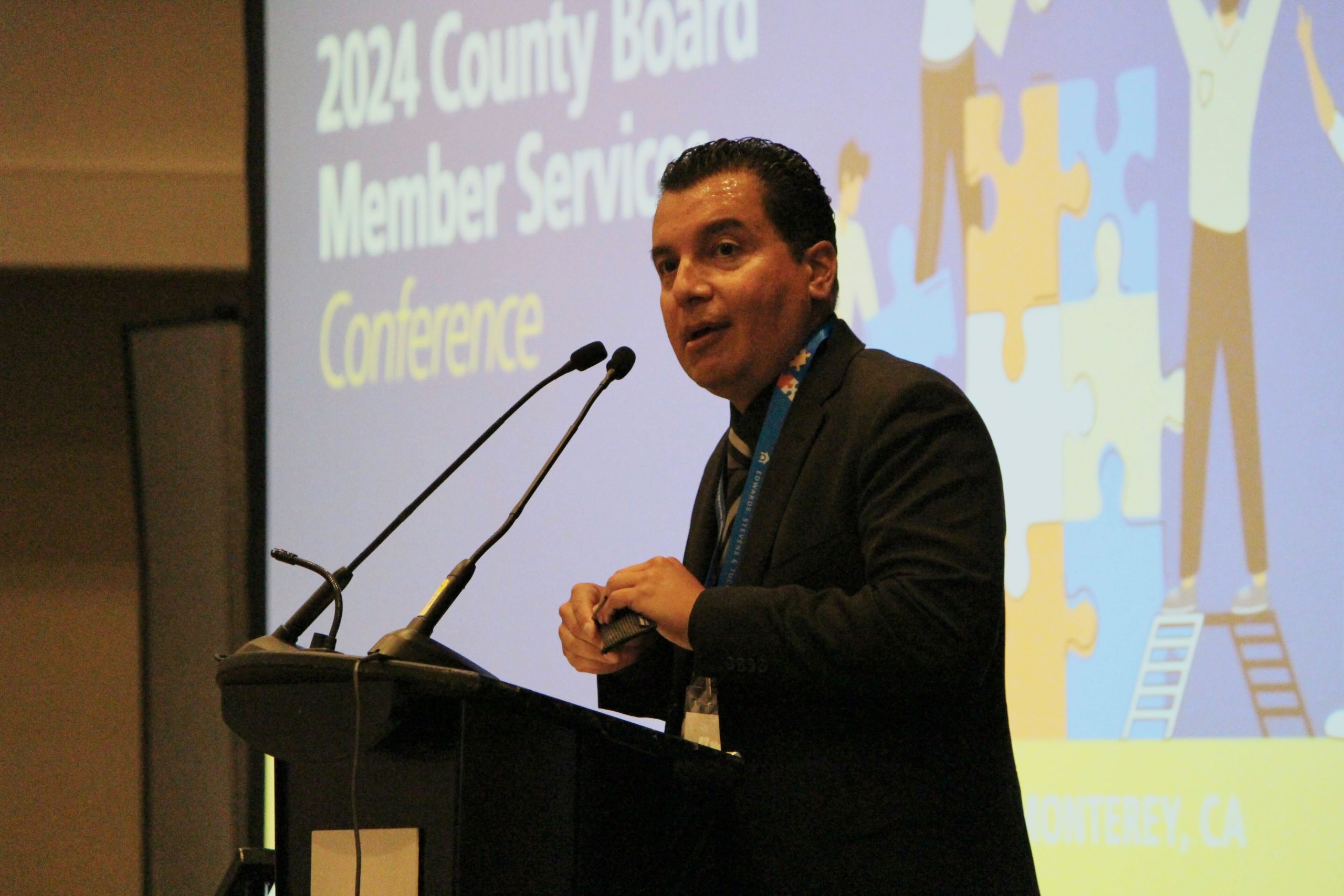Oakland Unified School District teachers walked out of their classes Thursday, Feb. 21. As part of the strike, the Oakland Education Association, a union representing teachers, is asking for a 12 percent raise over three years, smaller class sizes and the hiring of more counselors and nurses. In an open letter, 75 Oakland USD principals said they supported the teachers and, echoing CSBA’s Full and Fair Funding campaign, called for the state to prioritize investing in K-12 public education. California currently ranks among the bottom 10 states nationally in critical areas such as per-pupil funding and the number of nurses, counselors and librarians per student.
Similar concerns were also at the heart of the recent Los Angeles Unified School District strike, and districts from San Diego to Sacramento face budget crises and underinvested schools. Underlying these crises are understaffed schools, overcrowded classrooms, pension and health care cost pressures, charter school growth and low levels of per-pupil funding.
For now, many school districts have begun making cuts to programs and staff as expenses rise and revenues can’t keep pace. An additional revenue challenge comes by way of a cap on some property taxes due to Proposition 13.
State funding of schools has declined from being at the top nationally 50 years ago to being among the bottom 10 states in per-pupil funding and staffing for counselors, nurses and librarians. At the same time, more than 20 percent of California students live in poverty, nearly 60 percent qualify for free or reduced-price school meals, and a stubborn achievement gap persists among some student groups.
These issues could also undermine California’s current prosperity — home to the fifth-largest economy in the world — if soaring costs and underinvestment in schools contribute to people leaving the state.
Oakland Unified School District is considering millions in cuts, has a ratio of one counselor per 600 students and has turned to donations to fund sports programs. In San Diego County, the Union-Tribune newspaper reports five districts may be unable to meet their financial obligations by 2021. Sacramento City Unified School District faces a state takeover in the fall if its financial situation does not improve. Smaller districts have also made cuts, such as the central coast’s Paso Robles, and in the Bay Area Berkeley Unified School District and Vallejo Unified School District.
As part of his 2019-20 budget proposal, Gov. Gavin Newsom pointed to one way forward through more state aid for schools. The proposal includes boosting K-12 and special education funding, and $3 billion in CalSTRS relief for schools. (LAUSD, for example, has $15.2 billion in unfunded pension and other post-employment liabilities.)
This was welcome news and a good first step. Yet, as the recent labor strife underscores, these partial measures are a far cry from what schools need to provide all students with a high-quality education. That’s why CSBA has been working to secure Full and Fair Funding for California’s public schools. Board members can help with the effort by asking their constituents to sign the petition for Full and Fair Funding of California’s public schools. The petition calls on the State Legislature to raise per-pupil funding to the national average by 2020 and to the average of the top states by 2025. CSBA encourages you to sign the petition at www.fullandfairfunding.org and to share the link widely with family, friends and community.
As Gov. Newsom said in his State of the State speech Feb. 12, “We’re still 41st in the nation in per pupil funding. Something needs to change.”





